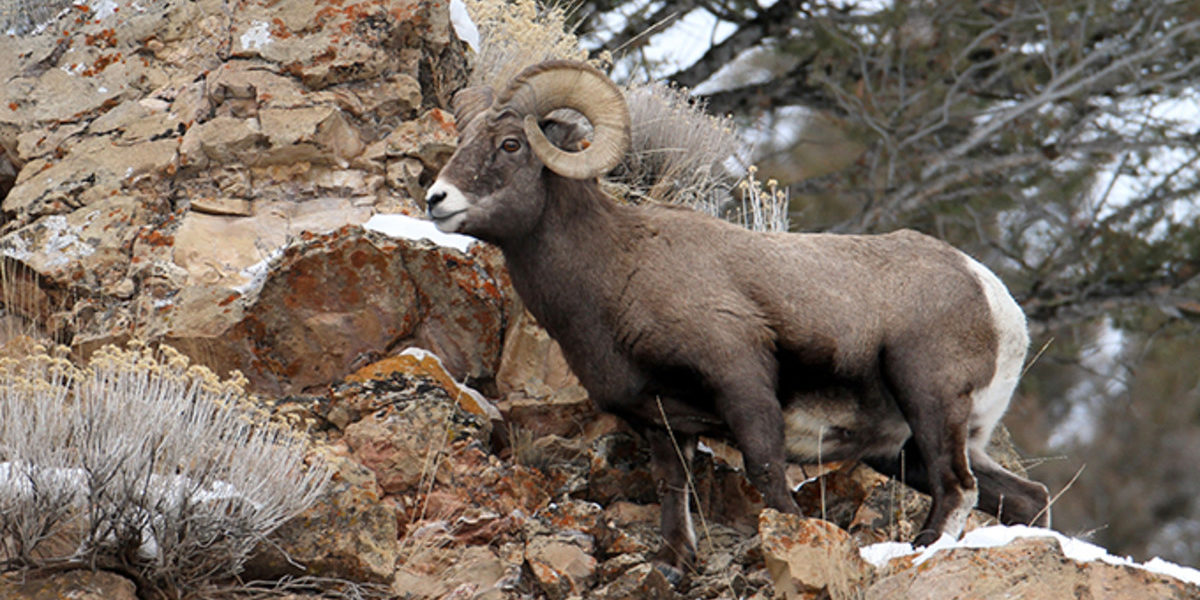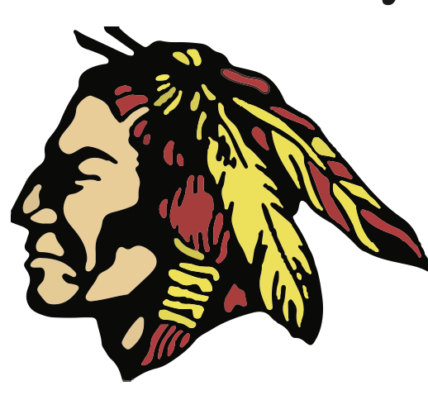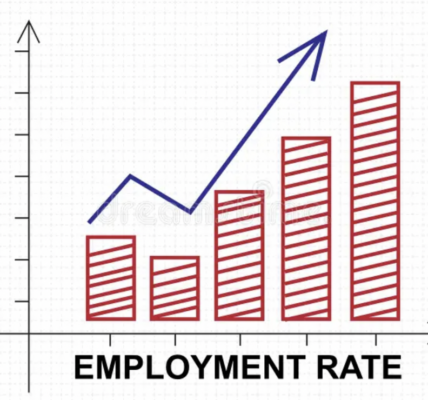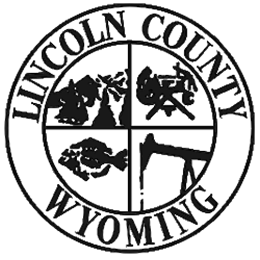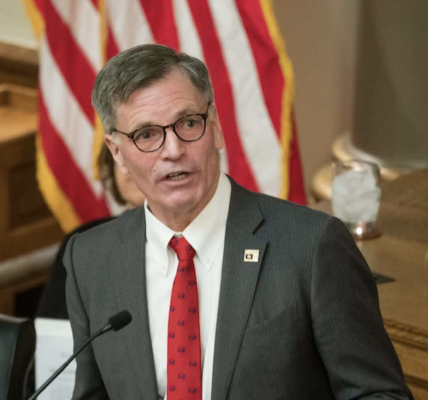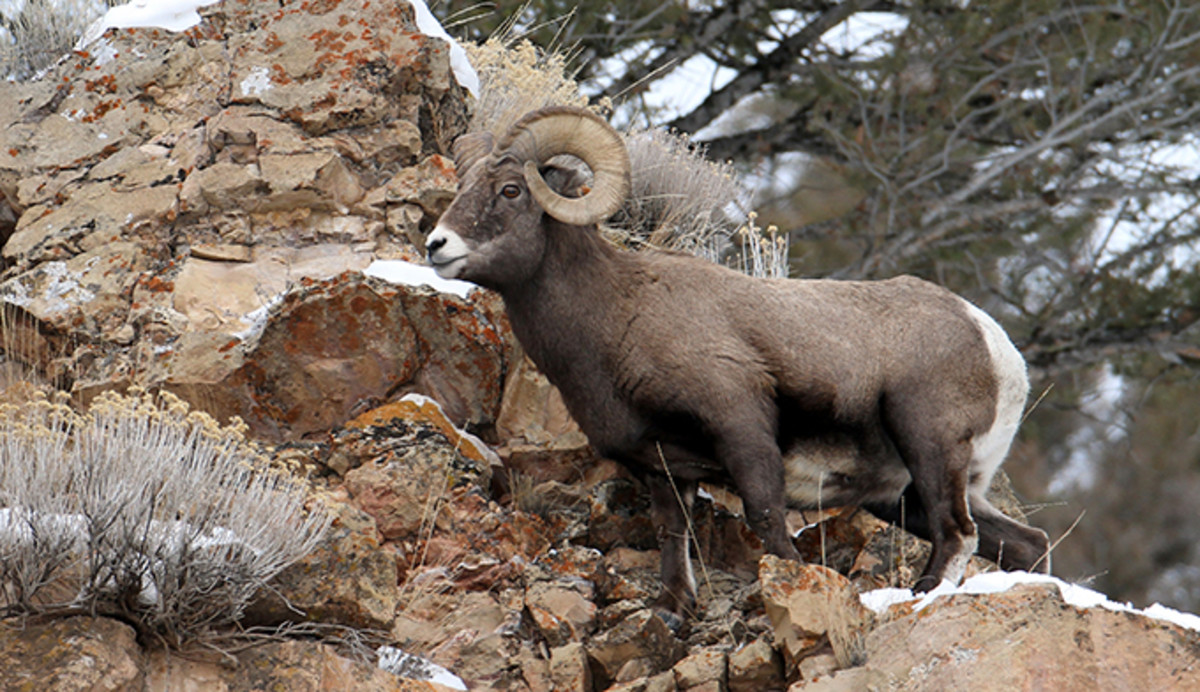
By Jasmine Hall
Wyoming Tribune Eagle
Via- Wyoming News Exchange
CHEYENNE — The Wyoming Wildlife Task Force met Thursday to debate six propositions for limited-entry license allocation and its impacts on hunters.
These were considered as part of an effort to develop a comprehensive proposal with solutions for license allocation between resident and resident hunters, equity in opportunity for residents to draw licenses in limited quota areas and courses of action to preserve the economic impact to the state following the changes.
Along with developing license pool drawings and a waiting period after holding a license, task force members also wanted to look at increasing the price of special licenses. These would have a significant impact on local and out-of-state hunters, as well as outfitters, licensed businesses that employ guides and provide services for hunting.
“Force people to run an industry where they live season to season, and draw to draw, inevitably, it gets too hard,” said Daniel Wallace, a veteran advocating for outfitters who donate their hunting experiences to children with terminal illnesses or service members with PTSD. “They are no longer going to have the opportunity or the ability to plan these other experiences.”
Wallace was one of the residents who testified to the Wildlife Task Force about the impact its proposals might have, as well as the risks associated.
Consistently high demand for licenses and limited supply have put legislators, industry leaders and stakeholders in a position where they have to contemplate remedies.
The first proposition discussed by task force members was establishing high-demand antelope, deer and elk units through the Wyoming Game and Fish Commission.
Units would be determined by averaging the previous three years of resident drawings for each individual unit for Type 0, 1, 2, 3 and 9 licenses. High-demand units would be identified as those whose three-year average is 30% or less, and all others would be standard-demand.
Reviews and updates are required not more than every three years in this proposal.
The license type refers to limitations such as sex of the animal, length of the season, type of weapon or the portion of the hunt area in which a license in valid. The Type 0 license is specialty weapon only (excluding archery) for deer, elk and antelope; Types 1 and 2 are any legal weapon for antlered/horned deer, elk and antelope; Type 3 is antlered or any whitetail deer, full-price elk and full-price antelope; and Type 9 is archery only for deer, elk and antelope.
A second proposal for allocating licenses in high and standard-demand units is a 90/10 and 85/15 split.
This means the commission would design regulations that give 90% of available Type 0, 1, 2, 3 and 9 licenses in high-demand units to residents and 10% to residents.
The license for antelope, deer and elk under the same type number would be split 85% for residents and 15% for -residents based on established rules.
The quota splits would only be for the initial drawing, and any unsubscribed license in the initial resident draw would roll over into the resident category. If there are remaining unallocated licenses in either draw, those would be made available in the leftover draw.
Task force members did not debate the second proposal, but there was pause when it came to the third and fourth.
This would be a waiting period after holding a high-demand unit type license for 0, 1, 2, 3 and 9, as well as a weighted bonus points system.
“I don’t see the need to have a waiting period and a point system,” said Game and Fish Department Director Brian Nesvik. “And I don’t think it’s the bonus point system that is going to have the least support. I think we saw a significant portion of the problems we’re trying to solve in waiting periods.”
The waiting system would be developed through statute in the Wyoming Legislature, and it would direct the commission to develop necessary rules and regulations for a mandatory waiting period for any individual, excluding a qualified landowner license possessor, for Type 0, 1, 2, 3 or 9 in a high-demand unit.
The individuals who do qualify for the waiting period would be ineligible to apply for another license under those five types in a high-demand unit for three years after drawing a license. They would be able to submit a second and third choice on their application in the initial draw for antelope, deer or elk to be able to purchase a general license, or apply for a Type 0, 1, 2, 3 or 9 license in the leftover draw.
Legislators would also be responsible for establishing laws that direct the commissioner to create the weighted bonus system for residents who apply for limited-entry licenses.
It currently has to be designed so that applicants’ advantages in the draw increases exponentially with each year they continue to apply, even though every applicant should have the chance to draw.
Every year applicants are not chosen for a quota license in a high or standard-demand unit, they’ll receive one bonus point. This will influence the next year’s entries, and, if drawn, all of the bonus points will be removed unless they draw a license on their second or third choice.
Those in waiting periods are not eligible.
The final two proposals addressed priority for residents over non-residents.
In the leftover license drawing, the Wyoming Game and Fish Department would be directed by the commission to implement a system where residents receive preference over non-residents.
The resident applicants would have their application time-stamped and given a 24-hour head start over non-residents.
Proposition 6 has the Wyoming Legislature create legislation for the commission and State Board of Outfitters and Professional Guides to promulgate rules and regulations on an Outfitted -Resident License Pool Drawing.
It created division among the members because some believed private landowners are going to push back.
“These landowners are not going to support being regulated by the Board of Outfitters and Professional Guides,” said Sen. Larry Hicks, R-Baggs.
Although the main purpose of the proposal is to eliminate the resident “special license” and establish an outfitted resident pool, there are eligibility rules included for landowners.
It also impacts outfitters interested in taking part in hunts.
One half of the resident license quota shall be available in this pool, and only residents who are contracted with a registered Wyoming outfitter or who are sponsored by an eligible landowner shall be allowed to enter.
Based on the previous propositions, this means half of the high-demand units and half of the 15% of standard-demand units would only be available.
The fee for licenses will also be set a level to cover the anticipated reduction in revenue associated with other actions in the complete proposal.
Some warned these efforts put together may decrease their opportunities to attain a license and build a future as a sportsman.
“He has no chance to start making a living in the industry,” an unidentified resident testified. “He’s done before he starts.”
After discussing the proposal draft throughout the morning, task force members decided Thursday to continue working on the issues in the future.
Addressing licenses allocations is among their top priorities developed in 2021, which includes creating policies to sustainably increase resident sportsmen’s opportunities for the big five (moose, sheep, grizzly, goat and bison) and deer, elk and antelope hunting.

